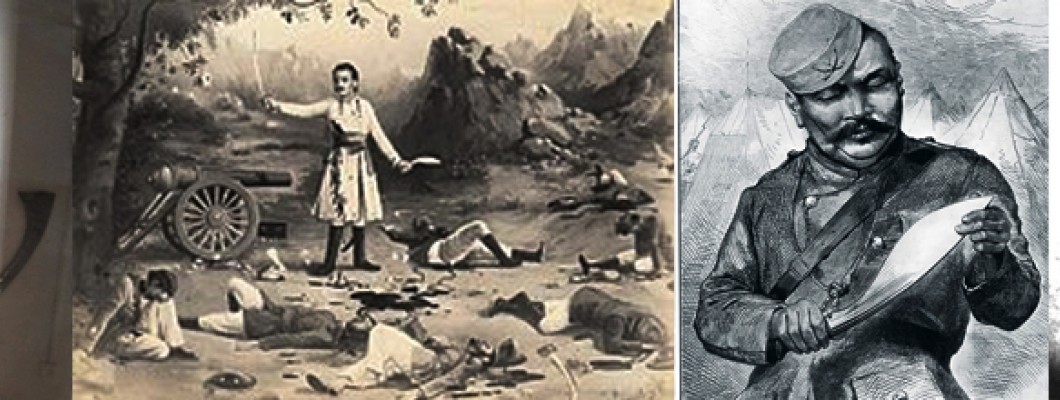
The History of the Khukuri: A Legendary Blade of Nepal
The khukuri (or kukri) is a distinctive, curved blade with deep cultural significance, particularly in Nepal and parts of India. Known for its unique shape and versatility, the khukuri has been a symbol of strength, bravery, and pride in the region for centuries. It is most famously associated with the Gurkhas, the fierce and legendary soldiers of Nepal, but its origins and history stretch much further. Let’s take a journey through the rich history of the khukuri and its importance in the world today.
The Origins of the Khukuri
The origins of the khukuri are somewhat shrouded in mystery, but historians generally believe that it was first developed in ancient Nepal. The blade likely evolved from the khanda, a straight, double-edged sword used by Indian soldiers in antiquity. Over time, the khanda’s blade gradually transformed into the more curved shape of the khukuri, which proved to be more effective in close combat situations. The design may have also been influenced by other regional blades like the kopis of Greece and the machetes of Southeast Asia, both of which feature a similar curved blade.
The khukuri’s design is thought to have been perfected over hundreds of years, with various styles emerging based on the different regions and ethnic groups of Nepal. It became the traditional weapon of choice for the Gurkhas, who were known for their fierce fighting skills and loyalty.
The Khukuri and the Gurkhas
The khukuri’s association with the Gurkhas—Nepalese soldiers renowned for their courage and tenacity—dates back to the 19th century, although the blade had already been in use long before that. The Gurkhas began to make their mark as warriors in the early 1800s, when Nepal entered into military service with the British East India Company. The British were so impressed by the Gurkhas' fighting abilities that they enlisted them into the British Army. As a result, the khukuri became a symbol of the Gurkhas' identity and a weapon used in their legendary battles.
The khukuri became an essential part of a Gurkha soldier’s kit. It was not only a weapon used in battle, but also a tool for daily life. Gurkhas used it for various purposes like cutting through thick vegetation, butchering animals, and even preparing food.
During the Indian Rebellion of 1857, Gurkhas played a key role in supporting the British, and the khukuri once again proved its effectiveness in battle. Over time, the British Army officially adopted the khukuri as part of the Gurkha soldiers' uniform, and it remains a symbol of bravery and valor to this day.
The Khukuri as a Symbol of Nepali Culture
While the khukuri is most famously associated with the Gurkhas, it holds deep cultural and spiritual significance in Nepal. It is often used in religious ceremonies, and many families own a ceremonial version of the blade that is passed down through generations. In Nepali society, the khukuri is seen not only as a tool for self-defense but also as a symbol of honor, courage, and family legacy.
The khukuri is also used in the Dashain Festival, one of Nepal’s most important religious celebrations. During this time, it is common for people to honor the khukuri by performing a ritualistic cleaning and sharpening of the blade. The festival celebrates the victory of good over evil, and the khukuri’s prominence in these ceremonies highlights its significance as a symbol of strength and protection.
The Design of the Khukuri
The khukuri’s distinctive design sets it apart from other blades. It features a curved blade, typically ranging from 10 to 15 inches in length, with a thick spine that tapers down to a sharp point. The curvature of the blade allows for powerful chopping actions, making it a versatile tool for combat, hunting, and various utility tasks.
The khukuri is also characterized by its “chhuri” or "karda" (a small blade often attached to the sheath), which was used for more delicate tasks. The “cho” (a notch) near the handle has both practical and symbolic purposes, with some believing it symbolizes the shedding of blood in battle, while others think it allows for more efficient bloodletting when used as a weapon.
The Khukuri in Modern Times
Today, the khukuri continues to be a symbol of Nepali identity and a source of pride. It remains an important part of the Gurkha soldier’s uniform, especially for those who serve in the British Army, Indian Army, and the Nepalese Army. In addition to its military uses, the khukuri has become a popular item for collectors and outdoor enthusiasts worldwide due to its durability and functionality.
In recent years, khukuris have gained a wider international presence, with numerous manufacturers around the world producing versions of the blade for civilian use. The Kukri House in Nepal is one of the most famous producers of these blades, and many Western companies now offer khukuri-inspired knives for outdoor activities such as camping, survival, and tactical purposes.
The khukuri’s distinct shape and historical significance have also made it a cultural icon, appearing in various forms of popular media, including movies, books, and games. Its fierce reputation, especially in battle, continues to captivate audiences worldwide.
Conclusion
The khukuri is far more than just a weapon—it’s a symbol of strength, bravery, and cultural heritage. Whether used by the legendary Gurkhas on the battlefield or kept as a family heirloom, the khukuri represents the resilience and honor of the people of Nepal. Its rich history, which spans centuries of military, cultural, and spiritual significance, continues to captivate people around the world today.
As a reminder of the fierce warriors who wielded it and the cultural pride it embodies, the khukuri stands as a testament to the lasting legacy of the people who have carried it through generations.



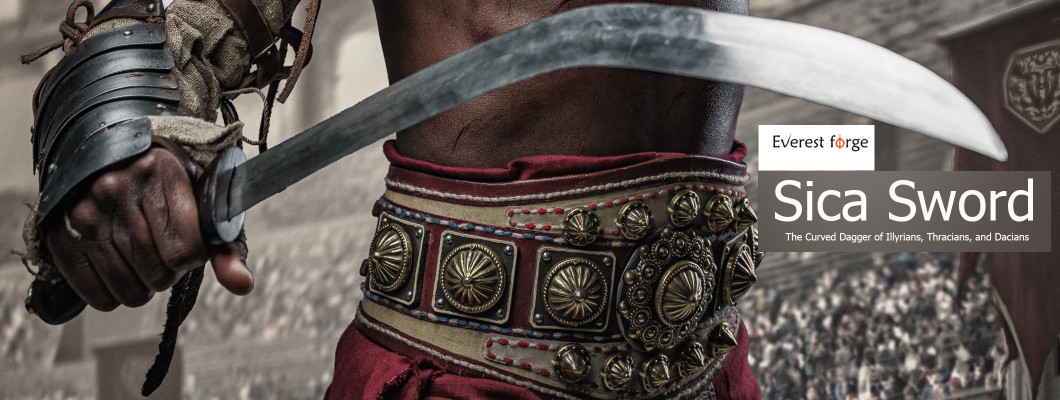

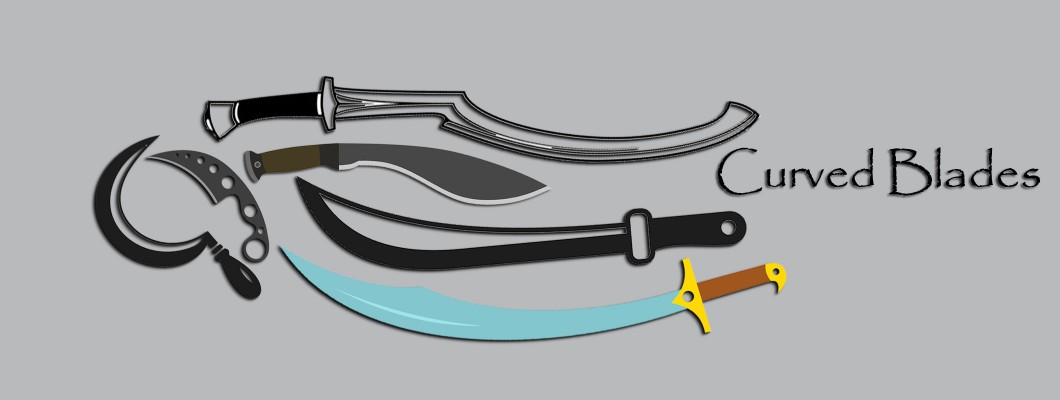
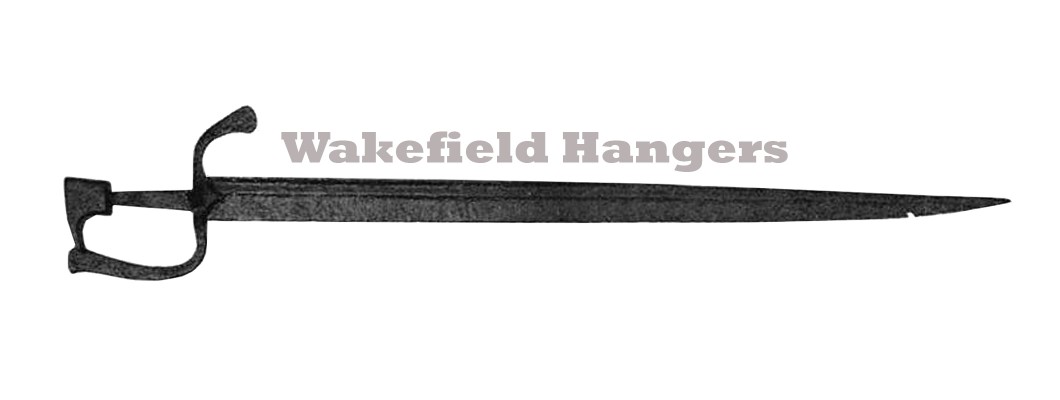
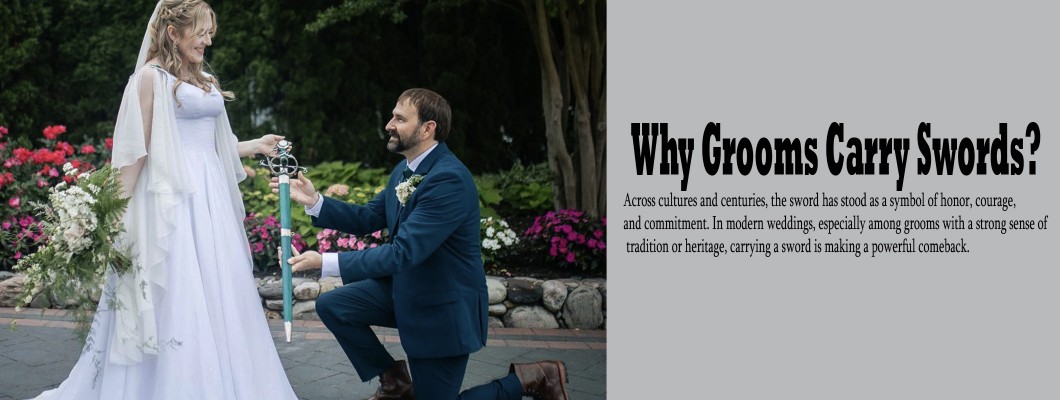
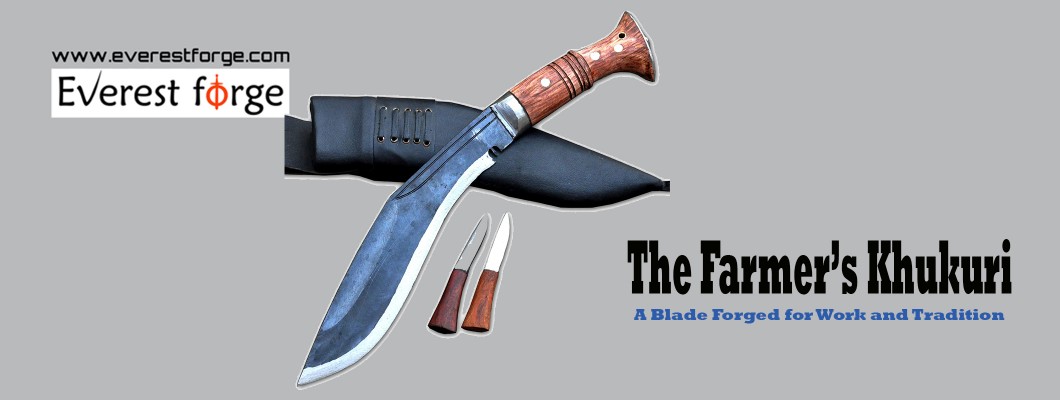
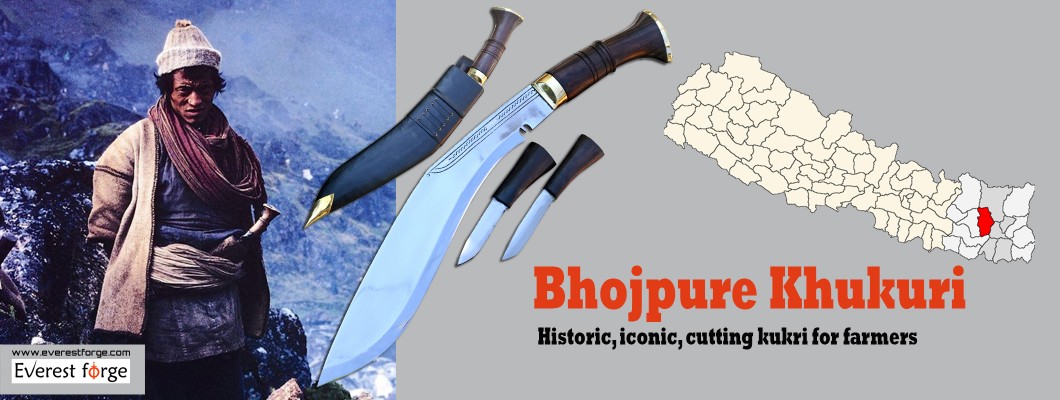
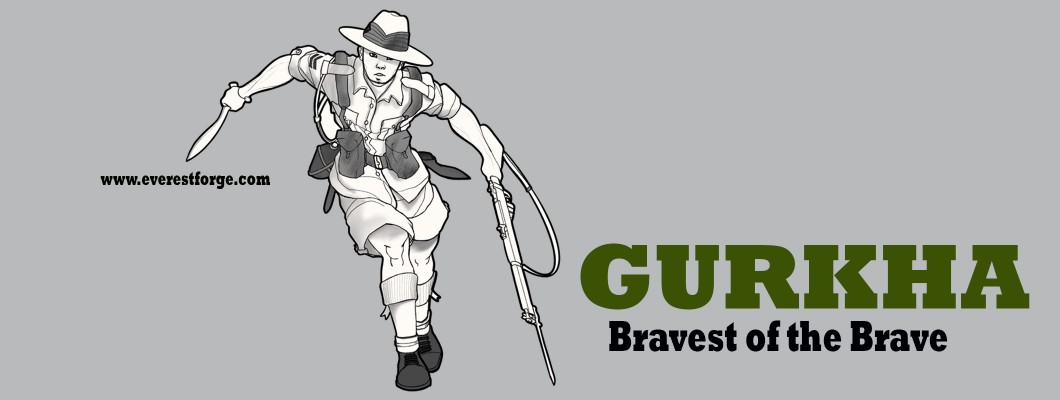
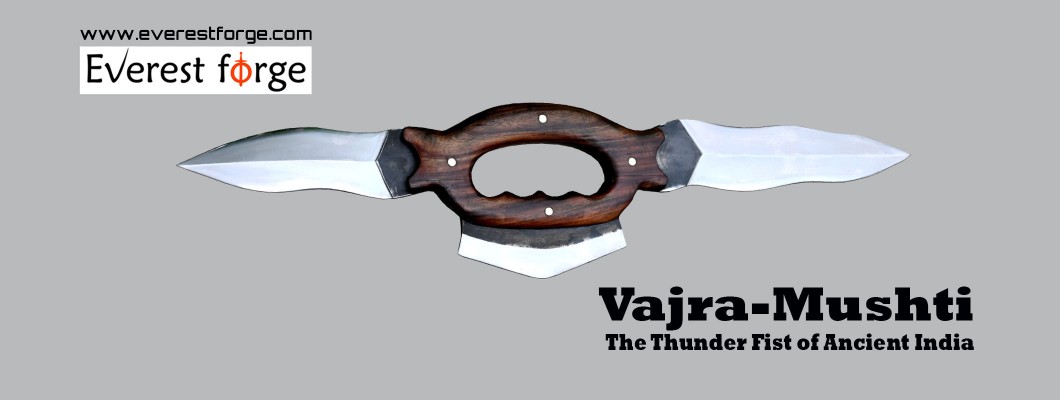
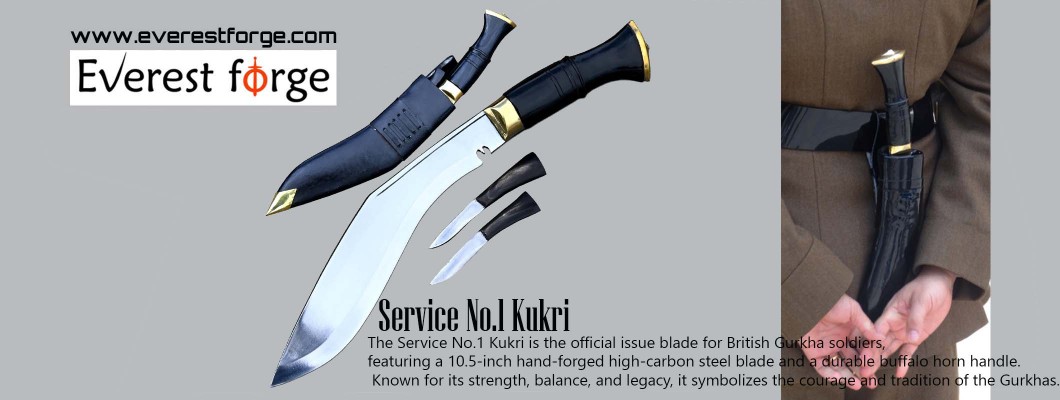
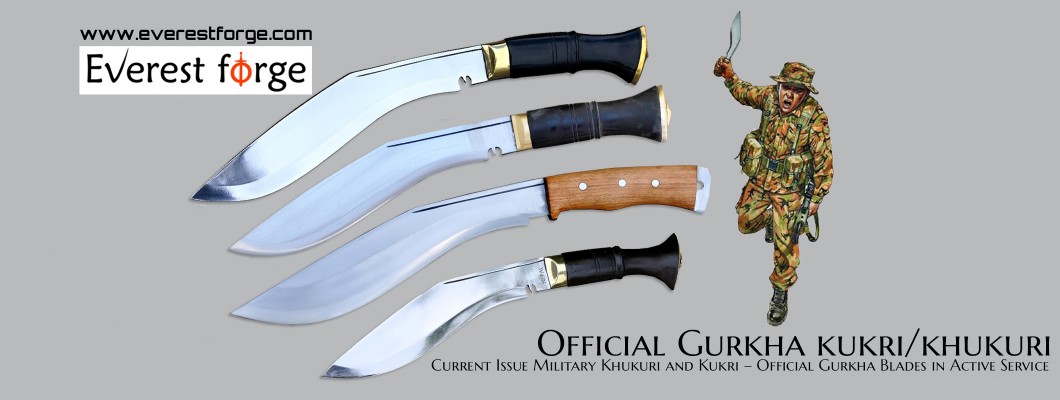
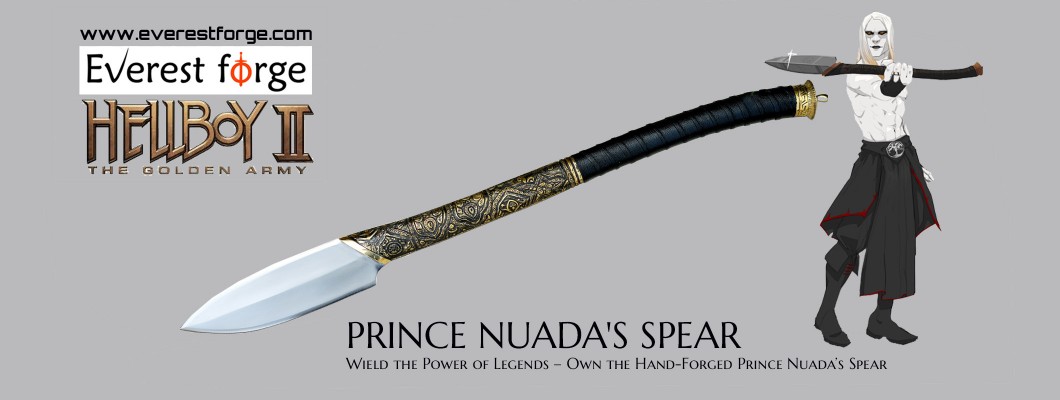

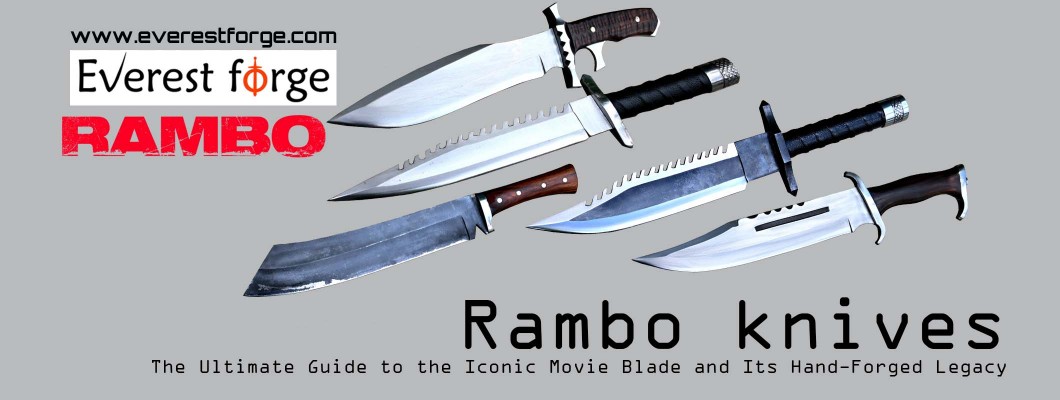





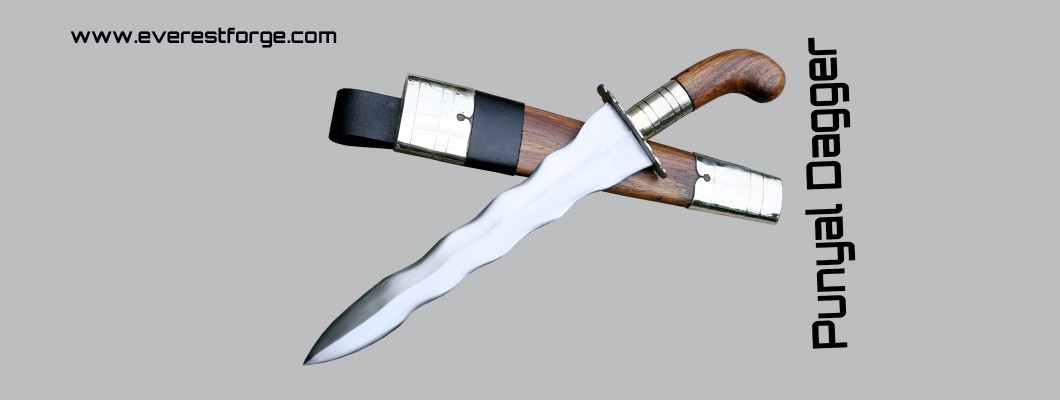
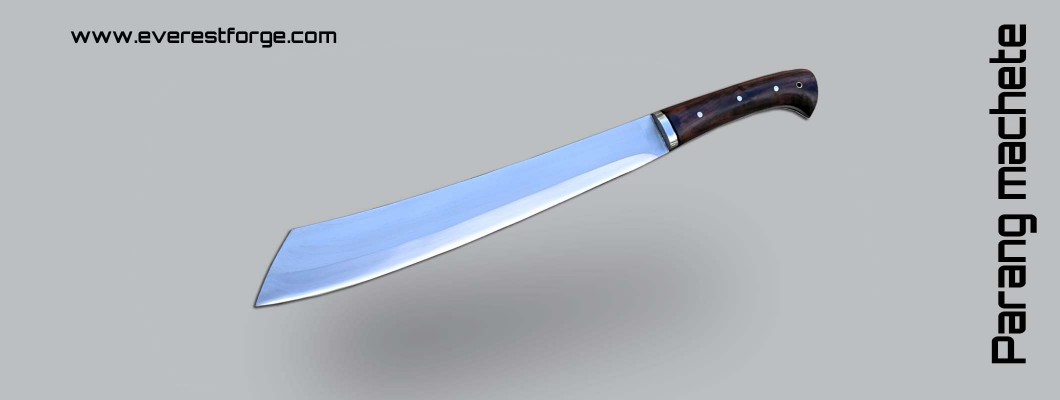
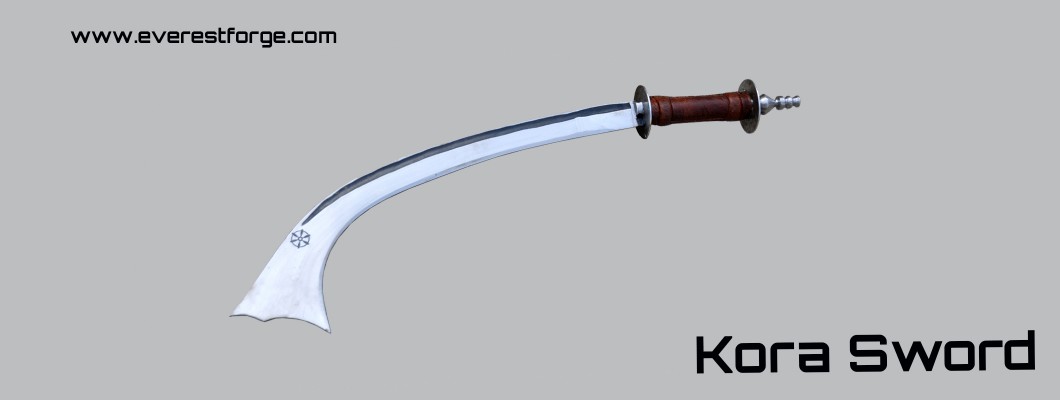
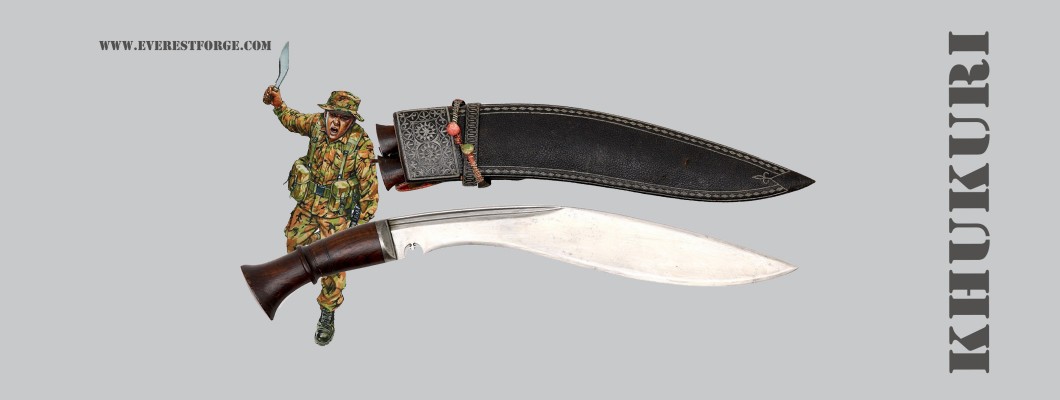
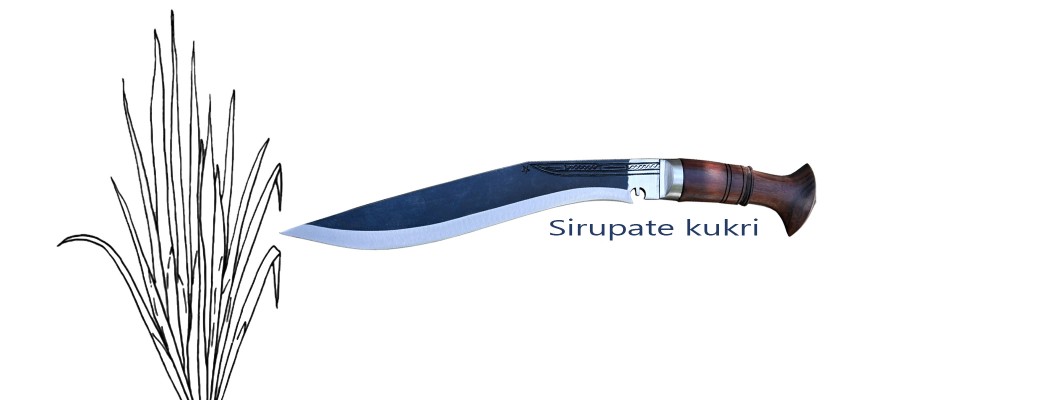
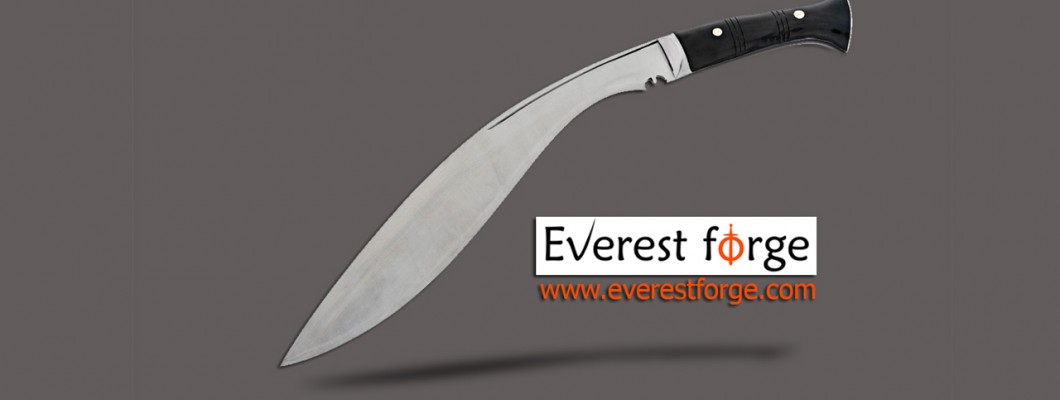
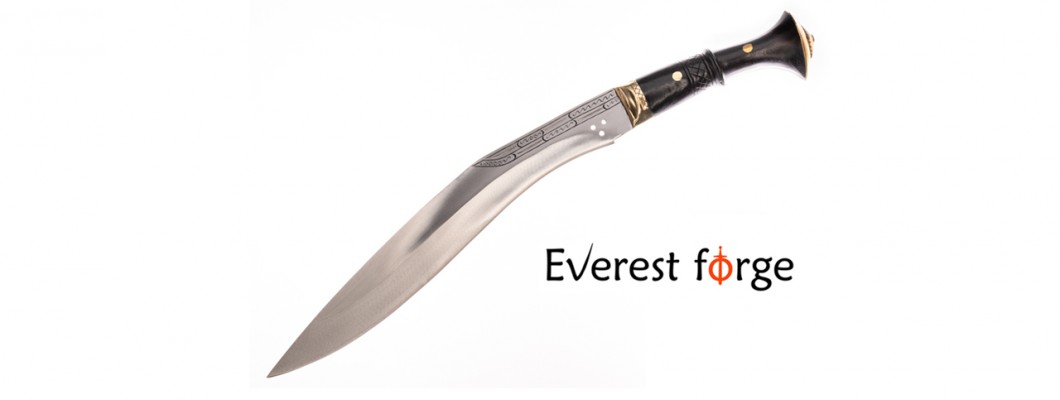
Leave a Comment